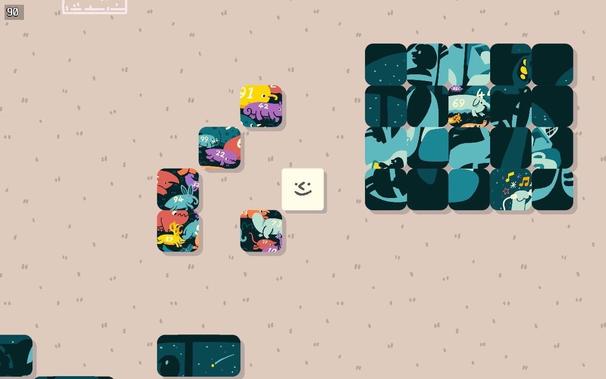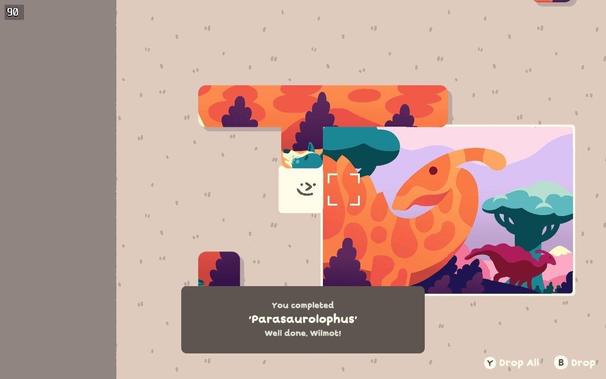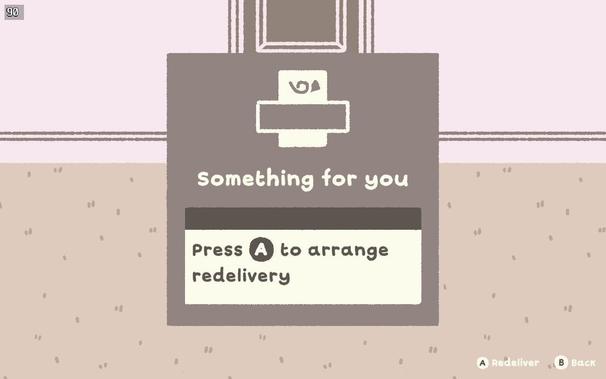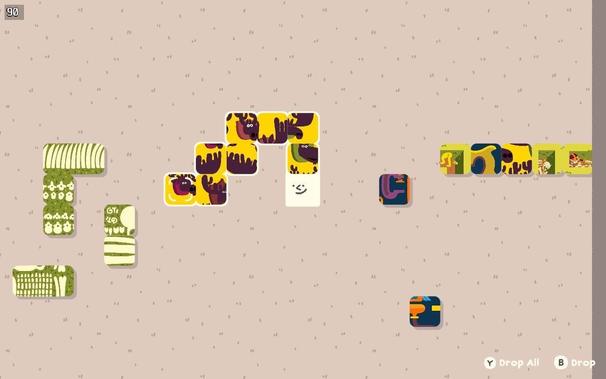Why I Love Wilmot Works It Out
There’s something to be said about taking an existing puzzle genre and going full send. Wilmot Works It Out does this to near perfection, building upon the timeless and universally understood rules of jigsaw puzzles by fusing them with the timeless and universally understood rules of putting things neatly in their assigned places. Or not, as the case might be if you’re anything like me.
While never spelled out explicitly the concept is, perhaps, that Wilmot has taken some well-earned leave from his job managing the logistics of a warehouse and fulfilment center. With this new found freedom he’s decided to manage the logistics of puzzle assembly. This is a somewhat on the nose indictment of the sort of work-adjacent things I get up to in the name of fun. In fact hitting a little close to home seems to be the thread that ties this game together. Oof!
And then some puzzles are…. Argh!
The whole thing sounds simple and that’s because it is, though you’re in a constant state of balance between assembling jigsaw puzzles, managing and sorting pieces and receiving new deliveries. While I’m not one to be fastidious about sorting and categorising puzzle pieces, Wilmot Works It Out adopts the Wilmot’s Warehouse controls for moving single or multiple pieces. Pieces have real physical presence, aligned to a grid, and you must be careful to leave space to negotiate them around each other, or even to get that last piece into the middle of a mostly complete jigsaw. While at first it seems to embrace the serial sorter, you’ll quickly find deviously similar puzzles that defy categorization. You’re never assembling anything especially big, so instead you’ll find yourself with two, or three puzzles worth of pieces that will drive you to small bouts of madness with their tonal and visual similarity. Much less afford you any opportunity to carefully separate and organise them.
The similarity of some puzzles is nothing short of devious!
Puzzles are all relatively low-fi vector art, and there are some great little themes, giving a subtle satisfaction at revealing a new picture. They often delve into the somewhat abstract, without simply being formless splodges, making finding and connecting pieces just a little bit trickier. Once complete you can hang puzzles on the wall, with a small – not often necessary – side challenge of squeezing them all into a finite space. Once a season is complete you can unlock a new room and decorate it with your complete puzzles. A small, but welcome, concession that the game is narrow in scope and needed just a little extra.
Wilmot Works It Out - I almost lost my mind listening out for knocks at the door; the postwoman delivering new boxes of puzzle pieces. At least until I realised there are missed delivery notes! Thankfully these are not as anxiety inducing in the game as real life…
I found myself rattling through puzzles with a fervour normally reserved for the likes of Serious Sam, engrossed by the simple and satisfying, methodical rhythm of the game. Into this state of focus crept a nagging realisation, nibbling at my subconscious… THE DOOR! No, not my actual front door, but rather Wilmot’s front door. Did I mention that puzzles are delivered piecemeal in subscription boxes. Every now and then there’ll come a’knokin’ and the friendly postwoman (or man, if she’s sunning it up on holiday) will deliver some flavour text and plonk a pristine pack of puzzle pieces onto your door mat. I started hallucinating door knocks, obsessing over the next delivery, rushing to the door to check… these are normally things reserved for my actual front door, but Hollow Ponds have brought this curse right into the confines of a videogame. I love it. It’s subtly brilliant in a “why are you doing this to me!?” kind of way.
Wilmot Works It Out - There’s definitely a fine balance between deviously complicated puzzles with obvious pieces, and deliberately confusing puzzles that look suspiciously similar!
I’ll find myself grappling with a difficult puzzle, a large, complex layout with lots of red-herring pieces that belong to another puzzle. I’ll wonder if I’ve lost the plot, or mislaid a piece, or put it deliberately with another work-in-progress puzzle. In my state of quiet obsession I’ll miss a knock at the door. It turns out that piece was in the next delivery. Another puzzle in the bag. But wait, this handful of pieces doesn’t seem to quite fit together. Another knock. Another mountain of pieces. The loop is concise, and consistent enough that you’re never completely backlogged with pieces and never run out. You’ll smash through a season, puzzle after puzzle after puzzle, stopping only to hang them on your wall, and before you know it they’ll get trickier, and more visually similar and bigger and it’ll be two-o-clock in the morning.
Story text delivered by your friendly local postwoman!
While it’s ostensibly just a little extra flavour to the game, the plot – delivered via the postwoman – does add a gentle little throughline to the game, culminating in the most adorably brilliant ending you could expect from a puzzle game; A little emotional pit-stop right before you’re launched into the frenetic chaos of Marathon Mode.
Marathon Mode, its name doesn’t quite suggest, throws every puzzle at you at once, box by, box. It tests your knowledge of the puzzles you’ve just completed, not to mention your ability to maintain order as your (fortunately increased sized) floor space becomes inundated with pieces. It’s silly and chaotic and harks back a little more obviously to Wilmot’s warehousing days.
Marathon Mode is unyielding chaos, and this isn’t even the half of it!
Wilmot Works It Out takes the universal language of puzzles, adds Hollow Ponds’ own movement and logistics twist, and creates something transcendent, greater than the sum of its parts, an elegant, engrossing, deeply mindful spin on the genre. I love it. You can find free jigsaw puzzles online for days, but the tedious slog of dragging pieces with your cursor has got nothing on the plain absurdity of pushing physically present pieces. Is it anything more than a simple, comfortable puzzle game? No. Should it be? Also no.





